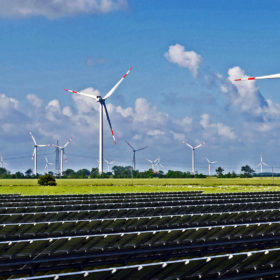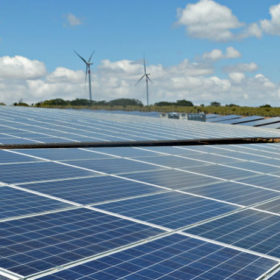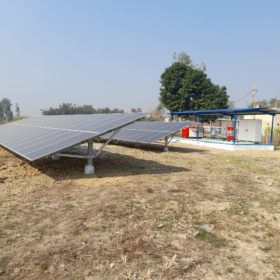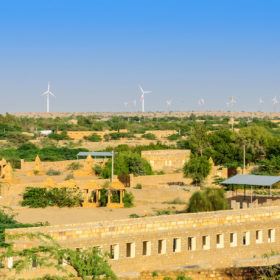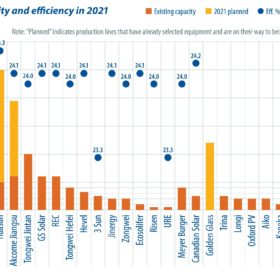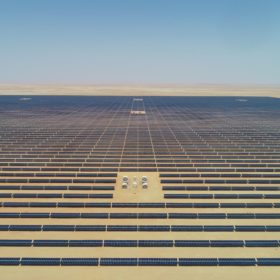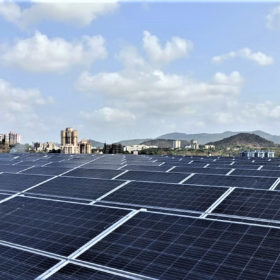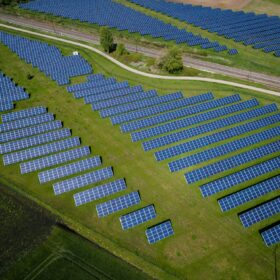How solar installations can benefit real estate developers
For real estate developers, now is the best time to install a solar energy system in their projects because solar rebates, tax credits, and incentives are at all-time highs. At the same time, a solar energy system may help them prepare for tomorrow’s specific difficulties while also saving money now.
Solar water pumps redefining farmers’ lives
With solar water pumps, farmers have access to high-quality power available for irrigation. These systems are portable and can be assembled at any preferred location. With the growing utilization of these systems, the costs have decreased substantially, making them an efficient, convenient, and cost-effective solution for grid-isolated rural areas.
India’s energy transition: Opportunities in power transmission, monitoring and storage
As India ramps up renewable capacity, there will be a higher requirement for substations, transmission corridors as well as battery energy storage. There is tremendous potential in technology localization in areas such as remote power monitoring, predictive maintenance, EV charging, green hydrogen, and energy storage.
Green Energy push for future sustainability in India
The core objective of renewable energy deployment in India is to promote economic growth, enhance energy security, increase energy access, and reduce climate change. Sustainable development is possible by the use of clean energy and by ensuring access to affordable and reliable energy for every citizen.
How round-the-clock renewables point to optimum use of energy generation and infrastructure
Amid the troubles of the coal-dominated grid, variable renewable energy has a place in ensuring reliable supply
Microgrids make sense for Indian cities
Microgrids that use on-site renewables such as rooftop solar can help relieve peak demand on the grid during afternoons, and later in the evenings through battery storage. This can help power distribution companies (discoms) avoid buying expensive power to meet peak demand.
India’s clean power target will double electricity supply economically if low-cost storage is deployed
Berkeley Lab report finds historic lows in clean energy prices position India to transform electric system
Looking past PERC solar cells
While the adoption of large-format wafers has driven a wave of capacity expansion for PERC, existing manufacturers and new entrants continue to evaluate TOPCon and HJT. An increasing number of HJT pilot lines and gigawatt-scale capacity expansion projects are appearing, as manufacturers see the advantages of fewer process steps, higher efficiency ratings, and better yield rates. The localization of equipment is also a driving factor. PV InfoLink’s Derek Zhao offers an update on the latest developments and process routes for HJT.
Automation in solar O&M delivering plant ROI
Data analytics and digital process support in solar plant operation and maintenance delivers unmatched improvement in efficiency, while modern technology drives down development costs. It also helps service providers in ensuring sustained energy generation, long-term performance, and plant’s return on investment.
Solar and wind power procurement options for commercial and industrial consumers
Solar, like wind, has evolved into a more viable bilateral arrangement business model as prices have decreased and favorable legislation has emerged. Due to significant technical advancements, the solar industry has overtaken wind and has emerged as the favored option.



